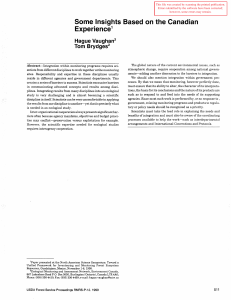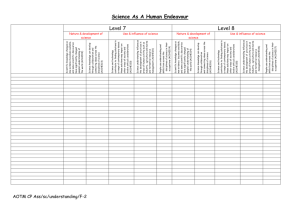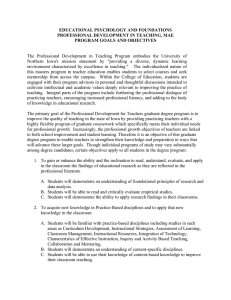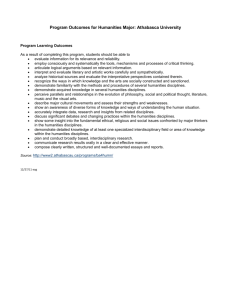File
advertisement
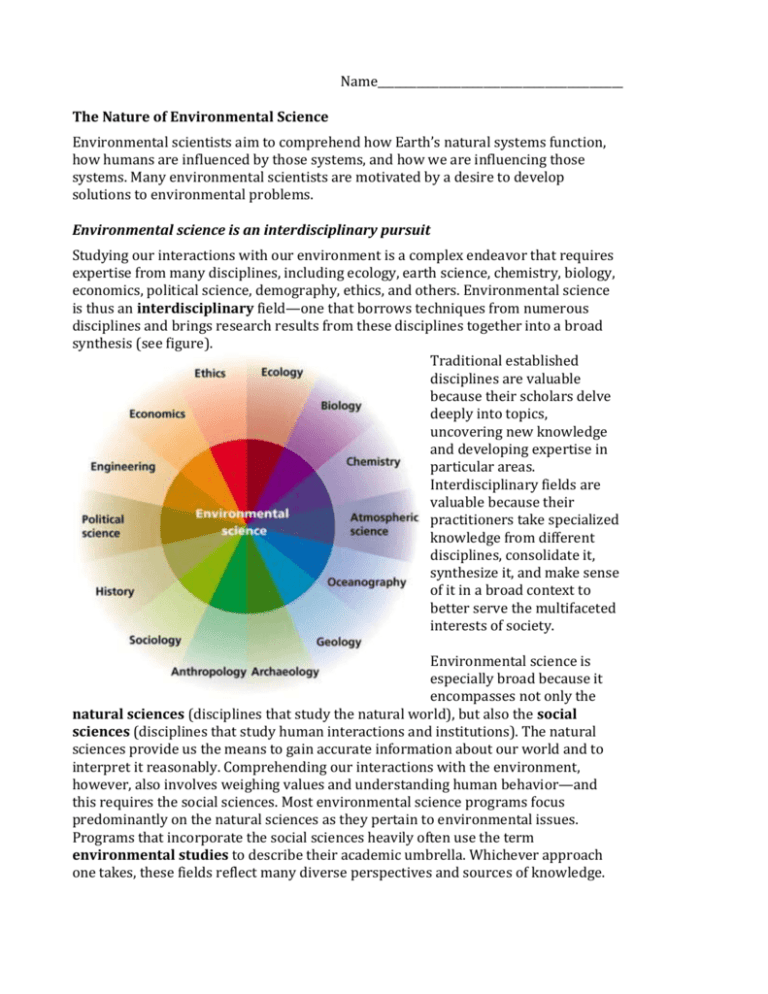
Name____________________________________________ The Nature of Environmental Science Environmental scientists aim to comprehend how Earth’s natural systems function, how humans are influenced by those systems, and how we are influencing those systems. Many environmental scientists are motivated by a desire to develop solutions to environmental problems. Environmental science is an interdisciplinary pursuit Studying our interactions with our environment is a complex endeavor that requires expertise from many disciplines, including ecology, earth science, chemistry, biology, economics, political science, demography, ethics, and others. Environmental science is thus an interdisciplinary field—one that borrows techniques from numerous disciplines and brings research results from these disciplines together into a broad synthesis (see figure). Traditional established disciplines are valuable because their scholars delve deeply into topics, uncovering new knowledge and developing expertise in particular areas. Interdisciplinary fields are valuable because their practitioners take specialized knowledge from different disciplines, consolidate it, synthesize it, and make sense of it in a broad context to better serve the multifaceted interests of society. Environmental science is especially broad because it encompasses not only the natural sciences (disciplines that study the natural world), but also the social sciences (disciplines that study human interactions and institutions). The natural sciences provide us the means to gain accurate information about our world and to interpret it reasonably. Comprehending our interactions with the environment, however, also involves weighing values and understanding human behavior—and this requires the social sciences. Most environmental science programs focus predominantly on the natural sciences as they pertain to environmental issues. Programs that incorporate the social sciences heavily often use the term environmental studies to describe their academic umbrella. Whichever approach one takes, these fields reflect many diverse perspectives and sources of knowledge. Figure 1




